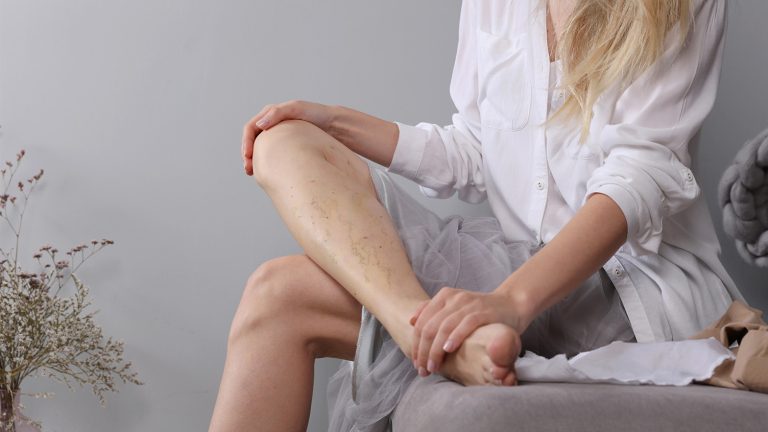We all know that the blood in our bodies has specific tasks – one of them being the ability to form clots. Whenever you cut or nick yourself, your blood forms a clot to prevent you from bleeding out. Without the blood’s ability to clot, every minor cut would lead to a medical emergency. But what happens when the blood clot occurs where it shouldn’t?
If blood clot forms in your veins, cuts your blood flow and consequently creates a blockage of a blood vessel, this can lead to a serious disruption in your body. We call this event venous thromboembolism (VTE).
VTE’s can be extremely dangerous and sometimes even fatal.
What are the types of VTE and what are the symptoms?
We know two types of VTE’s – they are set apart by where in your body they form.
● The first one is deep vein thrombosis (DVT), which is the appearance of a blood clot in veins – usually in the leg, although it can happen in your arm as well. DVT can cause pain or tenderness in your arm or leg, swelling, your skin can get red or warm to the touch.
● The second, more serious type of VTE is a pulmonary embolism (PE). This usually happens when a clot, created in your veins breaks loose and travels to your lungs. Because the clots block blood flow to the lungs, pulmonary embolism can be life-threatening. The symptoms and warning signs of a pulmonary embolism include sudden shortness of breath, chest pain, discomfort that visibly worsens when you inhale deeply or when you cough, feeling lightheaded, rapid heart rate, and coughing up blood.

Prevention is key!
Can VTE be fatal? Yes. But can it be prevented? Yes!
If you are in one of the groups that have a higher risk factor of developing VTE, you should take some preventative measures and keep these chances as low as possible.
Here is a shortlist of things to begin with and make your life VTE-free:
● If you suffered a fracture, severe muscle injury or had major surgery, you should make sure to move around as soon as possible. If you have undergone surgery, talk to your doctor about medication such as anticoagulants, which prevent the blood from forming clots.
● Compression socks can help as well, as they improve blood flow, reduce swelling and pain. If you are travelling or sitting for long periods of time, try to stand up and walk around every 2 to 3 hours.
● Try some simple exercises while sitting, for example raising and lowering your heels while keeping your toes on the floor or tightening and releasing your leg muscles. This helps in increasing your blood flow, may reduce your risk of blood clots, and will also leave you feeling better overall.
While all of these things can drastically improve your chances of avoiding blood clots, there is this one thing you should look out for as well – oral contraceptives.



















